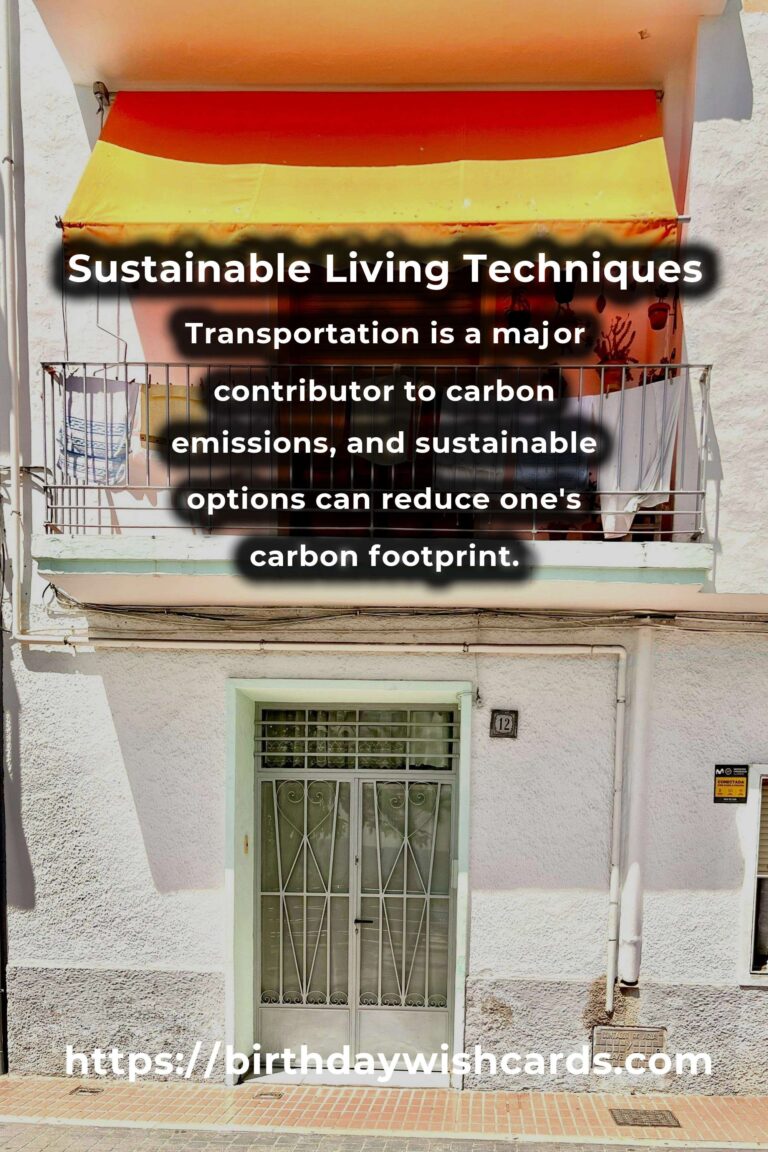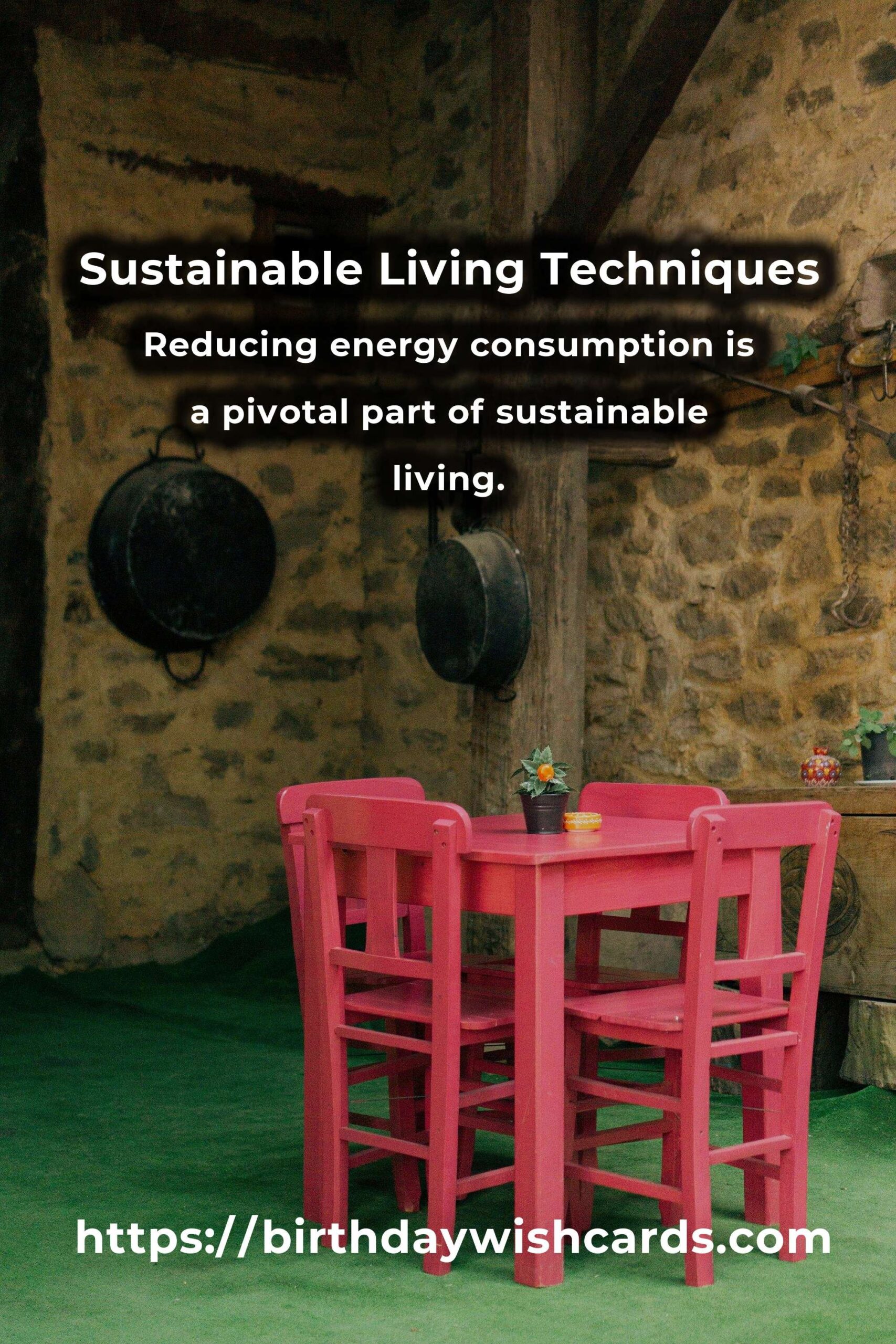
Sustainable living is an approach to reducing personal and societal environmental impact by making positive changes. It involves using natural resources judiciously to ensure future generations can also meet their needs. Sustainable living encompasses various practices, from reducing waste to conserving energy and supporting ethical production.
The Importance of Sustainable Living
With the growing threats of climate change, resource depletion, and environmental degradation, sustainable living has become crucial. By adopting sustainable practices, individuals can contribute to a healthier planet, reduce their carbon footprint, and promote a sustainable future. It also fosters an improved quality of life by encouraging healthier lifestyles and communities.
Key Techniques for Sustainable Living
1. Reducing Energy Consumption
Reducing energy consumption is a pivotal part of sustainable living. This can be achieved by using energy-efficient appliances, switching to LED lighting, and utilizing renewable energy sources like solar or wind power. Implementing smart home technology to optimize energy usage can also contribute significantly.
2. Minimizing Waste
Waste reduction is critical in sustainable living. Practicing the three R’s: Reduce, Reuse, and Recycle, can significantly diminish waste output. Composting organic waste and avoiding single-use plastics are effective methods to minimize waste.
3. Sustainable Transportation
Transportation is a major contributor to carbon emissions. Opting for public transport, carpooling, biking, or walking can reduce one’s carbon footprint. Electric vehicles and hybrid cars are also environmentally friendlier options.
4. Supporting Local and Ethical Products
Supporting local businesses and purchasing ethically produced products reduce environmental impact and support community economies. Buying from local farmers markets or CSA programs ensures that food is fresher and reduces the carbon footprint associated with transportation.
5. Water Conservation
Conserving water is essential for sustainable living. Simple actions like fixing leaks, using water-efficient fixtures, and collecting rainwater can make a significant difference. Reducing water usage helps maintain the supply and reduces the energy required for water treatment and distribution.
Challenges and Solutions
Adopting sustainable living practices can come with challenges, such as the initial cost of sustainable products or a lack of resources and knowledge. However, many solutions exist to overcome these barriers, such as government incentives for renewable energy, community support groups, and online resources providing guidance on sustainable living.
The Future of Sustainable Living
The future of sustainable living is promising, with advancements in technology and increased awareness driving positive change. As more individuals and organizations commit to sustainability, the collective impact will lead to a more sustainable and equitable world.
In conclusion, sustainable living is not just a trend but a necessary transition towards a healthier planet. By adopting sustainable techniques, we can ensure a better future for ourselves and future generations.
Sustainable living involves using natural resources judiciously to ensure future generations can also meet their needs. By adopting sustainable practices, individuals can contribute to a healthier planet and reduce their carbon footprint. Reducing energy consumption is a pivotal part of sustainable living. Transportation is a major contributor to carbon emissions, and sustainable options can reduce one’s carbon footprint. Conserving water is essential for sustainable living and helps maintain supply while reducing energy usage.
#SustainableLiving #EcoFriendly #GreenLiving #ClimateChange #RenewableEnergy

